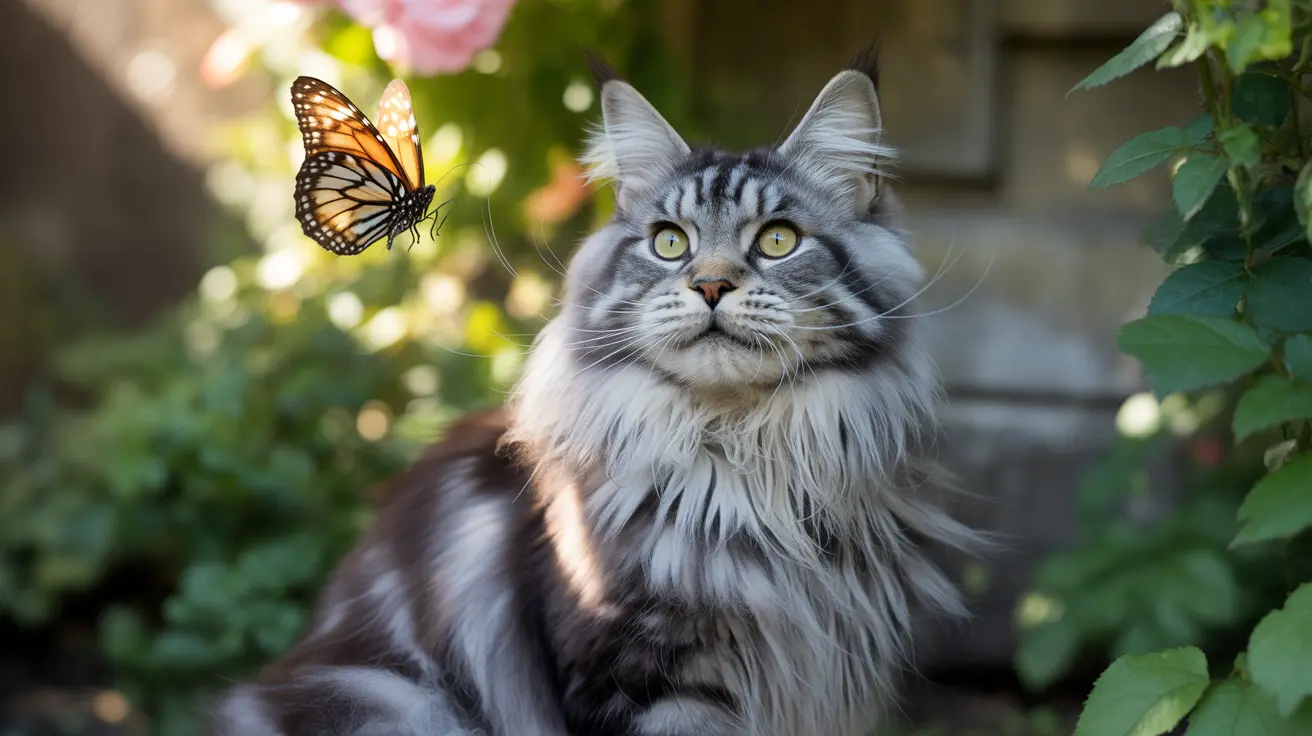The Remarkable Architecture of Cat Eyes
Cat eyes are masterpieces of evolutionary design, featuring several unique characteristics that set them apart from other animals. Their large, forward-facing eyes occupy a significant portion of their skull, providing excellent depth perception and binocular vision essential for hunting.
The most distinctive feature is their vertically-oriented pupils, which can change from tiny slits to full circles depending on lighting conditions and emotional state. This remarkable adaptation allows cats to control light intake with incredible precision.
Decoding Your Cat's Pupil Signals
Cat pupils are highly expressive and can reveal much about their emotional state and intentions:
- Fully dilated round pupils: Indicates excitement, fear, or hunting mode
- Narrow vertical slits: Shows contentment or bright light adjustment
- Medium-sized pupils: Suggests calm alertness
- Uneven pupil sizes: May signal health concerns
The Secret Behind Those Glowing Eyes
The mysterious shine in cat eyes comes from a specialized layer called the tapetum lucidum, which reflects light back through the retina. This adaptation enables cats to see in light conditions six times dimmer than what humans need, making them excellent night hunters.
Health Indicators in Cat Eyes
Understanding normal cat eye appearance helps identify potential health issues:
- Clear, bright eyes without discharge
- Symmetrical pupils
- Visible third eyelid only during sleep
- Consistent eye color
Common Eye Concerns to Watch For
Stay alert for these warning signs:
- Excessive tearing or discharge
- Cloudiness or change in eye color
- Persistent squinting
- Visible third eyelid when awake
Understanding Cat Eye Communication
Cats use their eyes for complex social communication. A slow blink from your cat is often called a "cat kiss" - it's a sign of trust and affection. Conversely, a direct, unblinking stare can be interpreted as a challenge or threat.
Frequently Asked Questions
What do different cat eye pupil shapes and sizes mean in pictures?
Dilated round pupils often indicate excitement, fear, or low light conditions. Narrow vertical slits suggest contentment or bright light adjustment. Changes in pupil size can also reflect emotional states like aggression or playfulness.
How do cat eyes enable night vision and hunting skills?
Cats' superior night vision comes from their tapetum lucidum, high concentration of rod cells, and adjustable pupils. These features allow them to see clearly in low light conditions and track moving prey effectively.
Why does my cat's third eyelid show, and is it a sign of illness?
A visible third eyelid while your cat is awake can indicate illness, dehydration, or fatigue. If persistent, consult a veterinarian as it may signal an underlying health issue.
What causes changes in my cat's eye color or unusual eye shine?
Eye color changes in adult cats may indicate health problems. The eye shine color varies based on the tapetum lucidum's structure and can appear green, blue, or gold in different cats.
How can I recognize common cat eye problems from pictures and symptoms?
Watch for signs like excessive tearing, redness, cloudiness, squinting, or uneven pupils. Compare your cat's eyes to normal cat eyes meaning pictures to identify potential issues and seek veterinary care when concerned.
Final Thoughts
Understanding cat eyes meaning pictures helps you better interpret your feline friend's emotions and health status. Regular observation of your cat's eyes can help you catch potential problems early and strengthen your bond through better communication.






